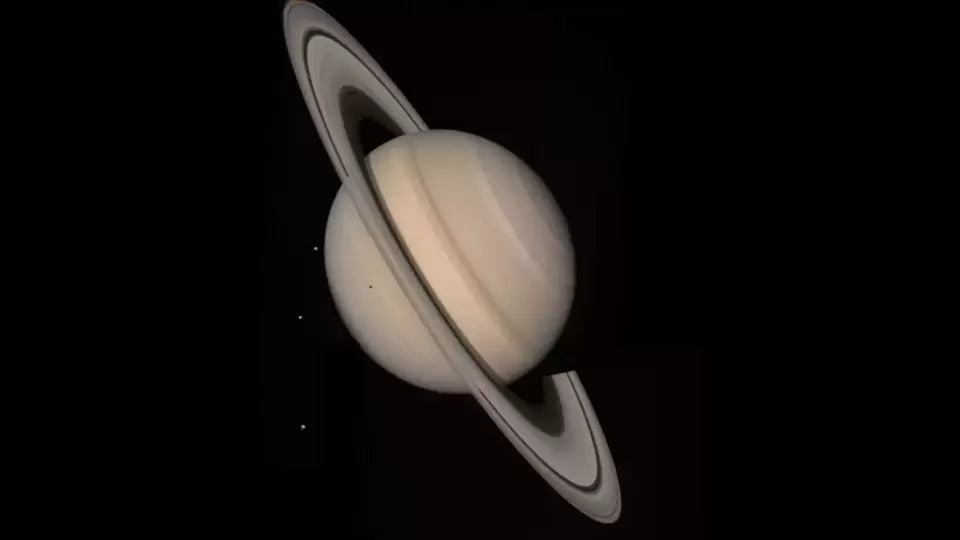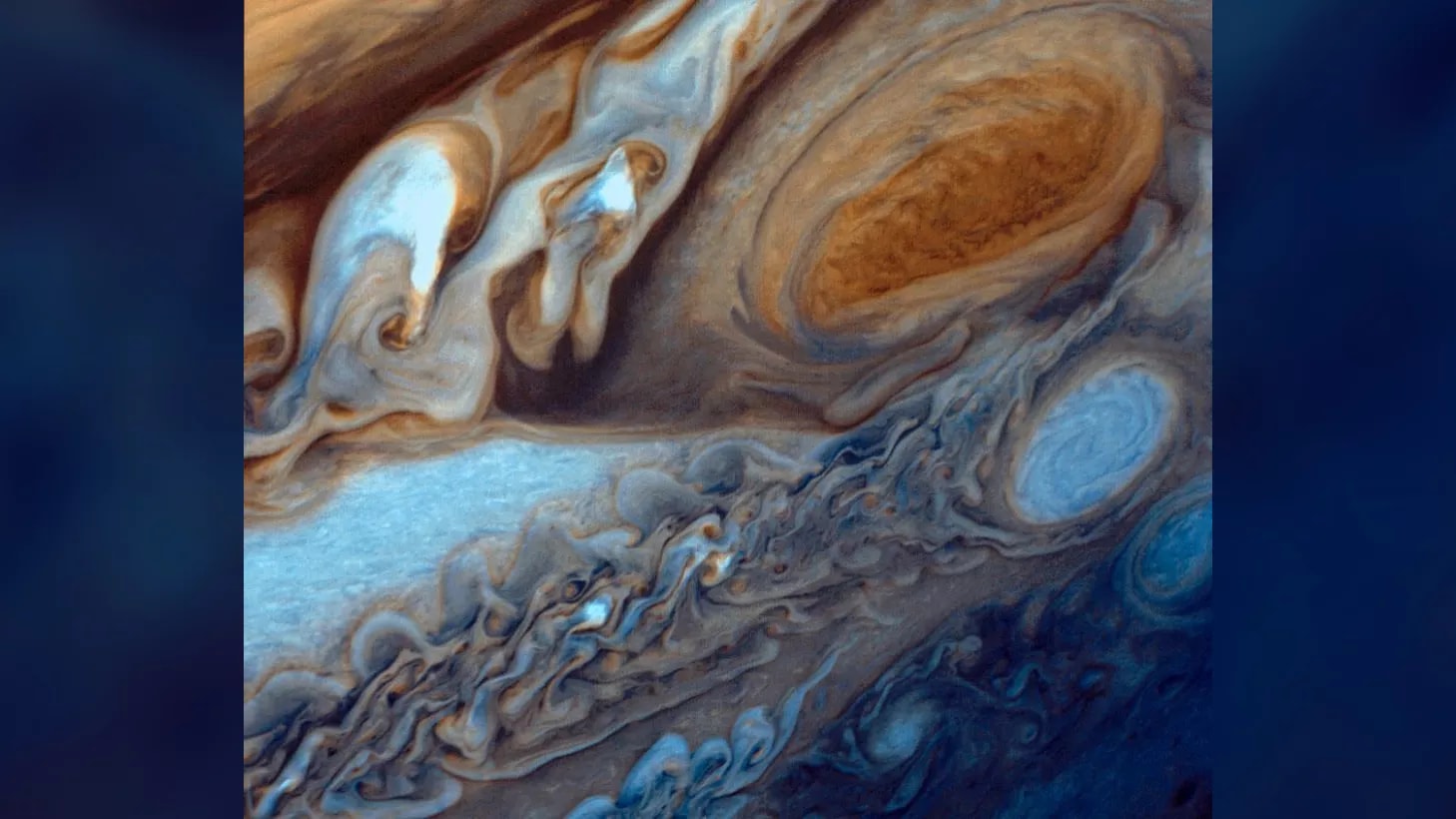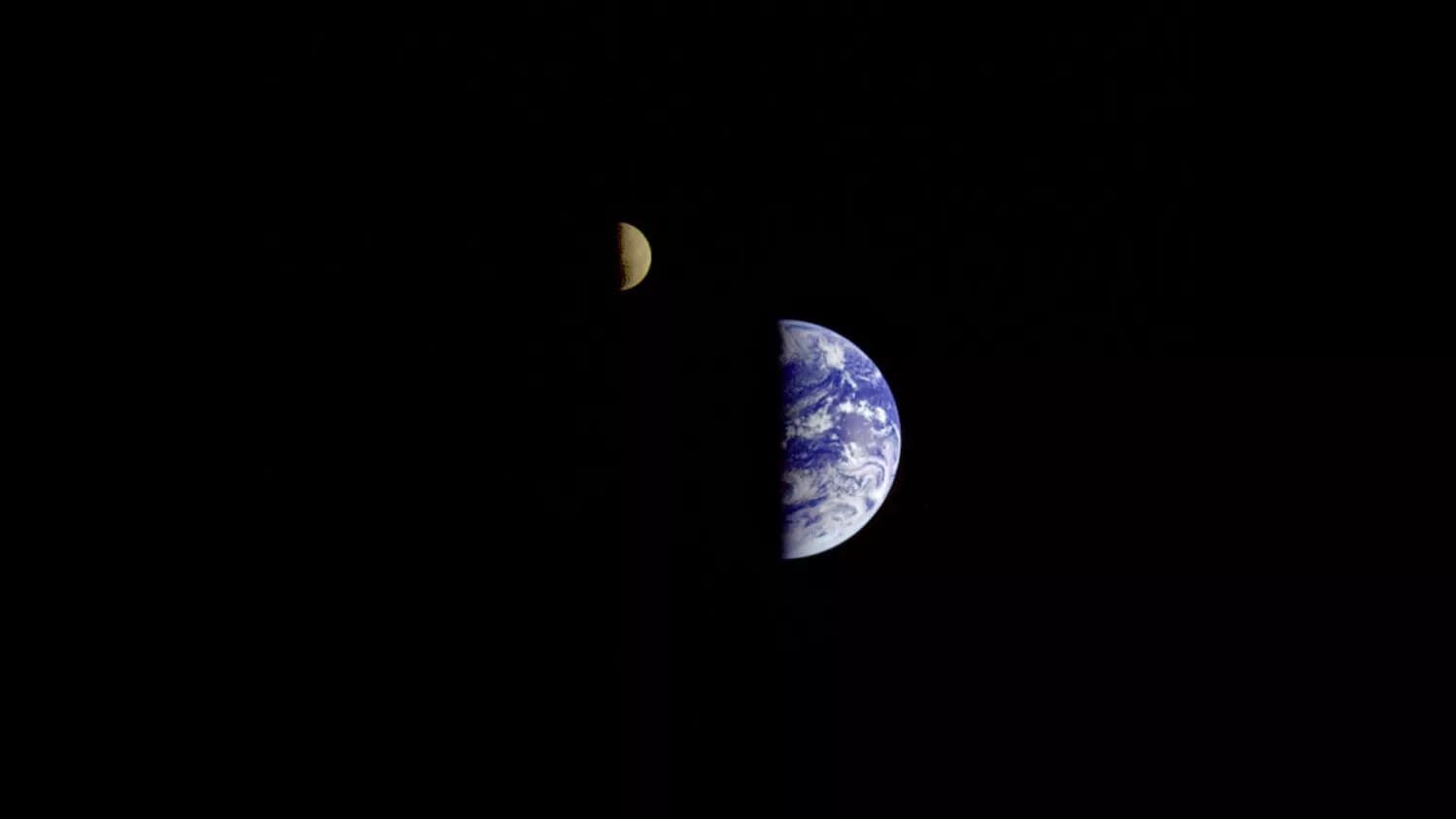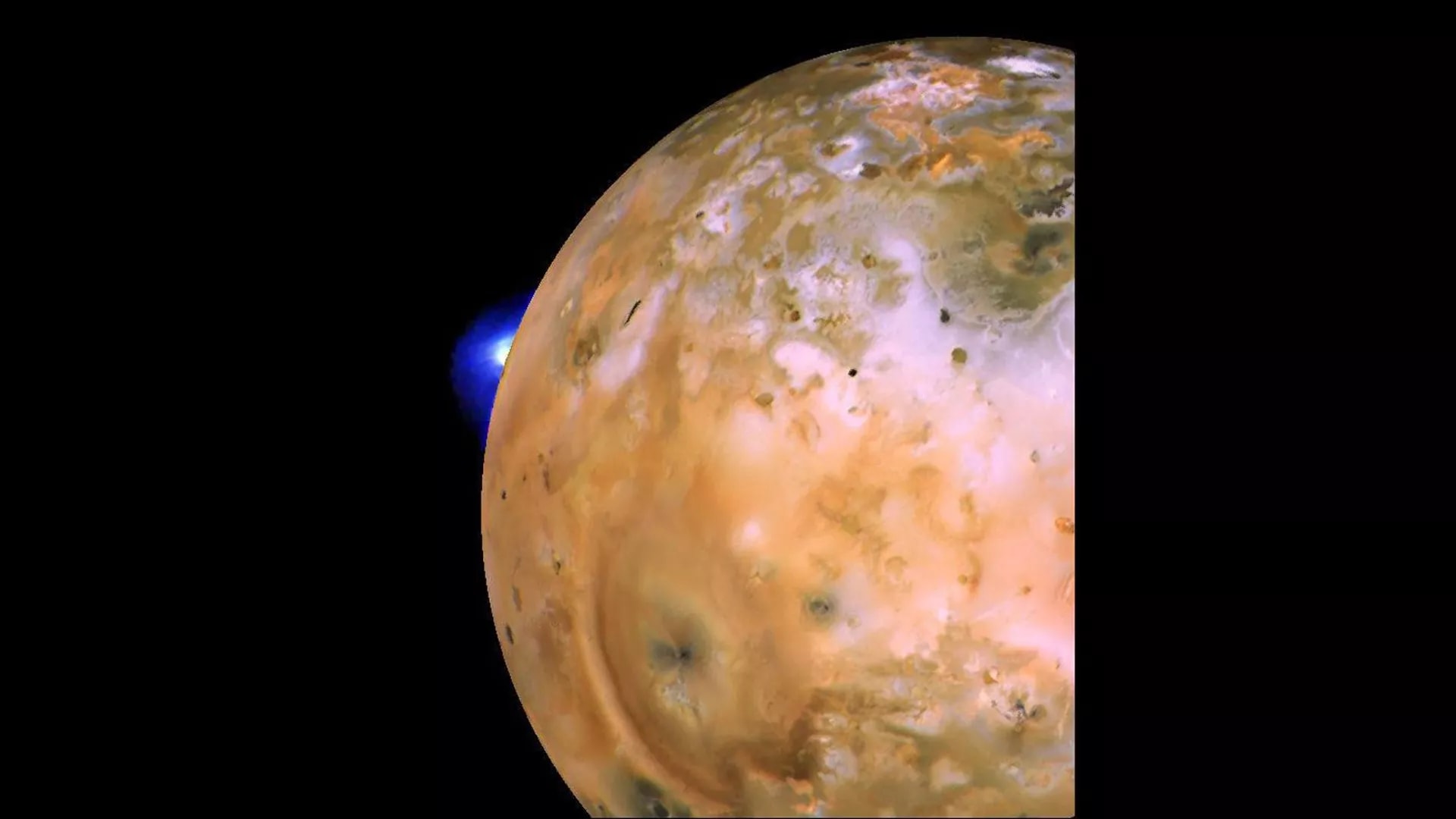Pleiades Neo satellite snaps awesome snapshot of Jupiter, 4 moons
Pleiades Neo satellite, operated by Airbus, captured Jupiter and its Galilean moons – Ganymede, Callisto, Europa and Io.







 View all Images
View all ImagesOne of Europe's flagship satellites has captured Jupiter and its largest Moon, Ganymede. Jupiter is the fifth planet in the solar system, and it is by far the biggest one. In fact, it is twice as big as all the other planets in our solar system combined. Jupiter is also known as the Gas Giant due to a dense atmosphere of hydrogen and helium with windy clouds of ammonia. It also has the most moons in the solar system, with 92 confirmed moons with orbits, according to International Astronomical Union's Minor Planet Center. In fact, Jupiter is also referred to as a failed sun-it just could not get big enough.
Jupiter and its moons captured
The picture captured shows Jupiter with Ganymede orbiting it in close proximity. Moreover, its other moons such as Callisto and Europa can be seen in the distance. It was captured by the Pleiades Neo satellite, which is funded, manufactured, owned and operated by Airbus.
Although this is not the first time Jupiter has been captured along with its moon, what makes this image special is the satellite itself which captured it. The Pleiades Neo satellite was designed to observe planet Earth in detail. It consists of two identical 30cm resolution satellites which were developed to offer Earth-observation services.
Airbus shared the image on Twitter. The aerospace giant wrote in the tweet, “Look how the icy moons are dancing around Jupiter. Hard to believe, but these pictures were taken by our #PléiadesNeo satellite.” A video sequence showing the moons orbiting the gas giant was also released.
Jupiter Icy Moons Explorer mission
Just two days after the release of this image, the first-ever Jupiter mission for Europe will take off today. The mission, which is called the Jupiter Icy Moons Explorer (JUICE), is being led by the European Space Agency (ESA). The spacecraft will study three of Jupiter's Galilean moons — Ganymede, Callisto, and Europa — in search of water and signs of life on them. The spacecraft will take about seven and a half years to reach the gas giant and will begin its exploration in 2031.
Catch all the Latest Tech News, Mobile News, Laptop News, Gaming news, Wearables News , How To News, also keep up with us on Whatsapp channel,Twitter, Facebook, Google News, and Instagram. For our latest videos, subscribe to our YouTube channel.


























